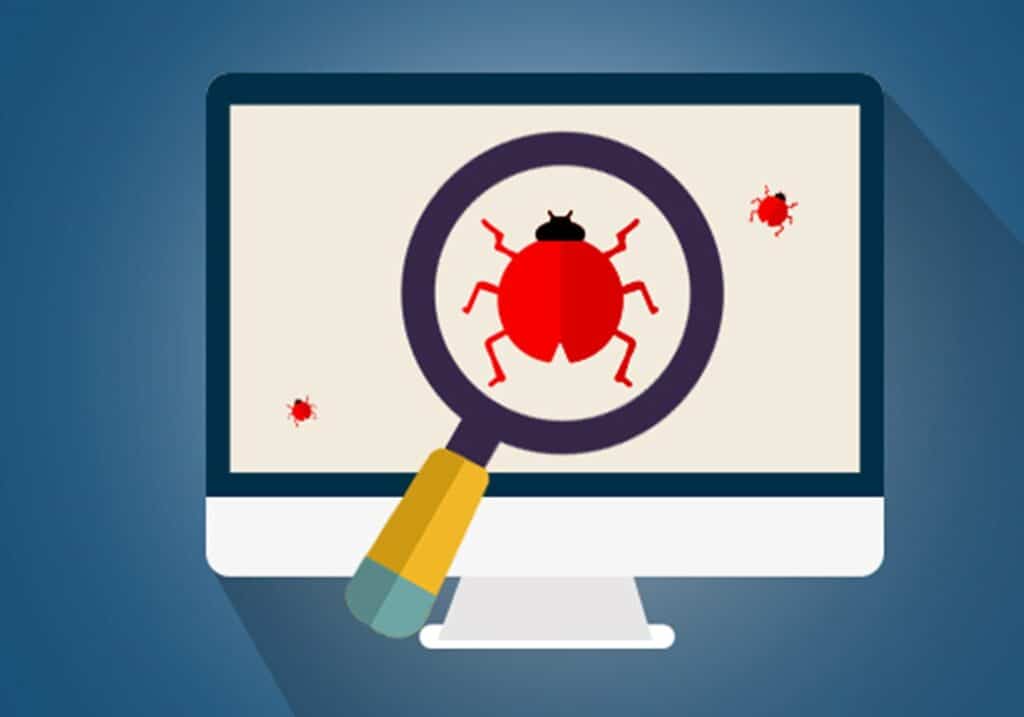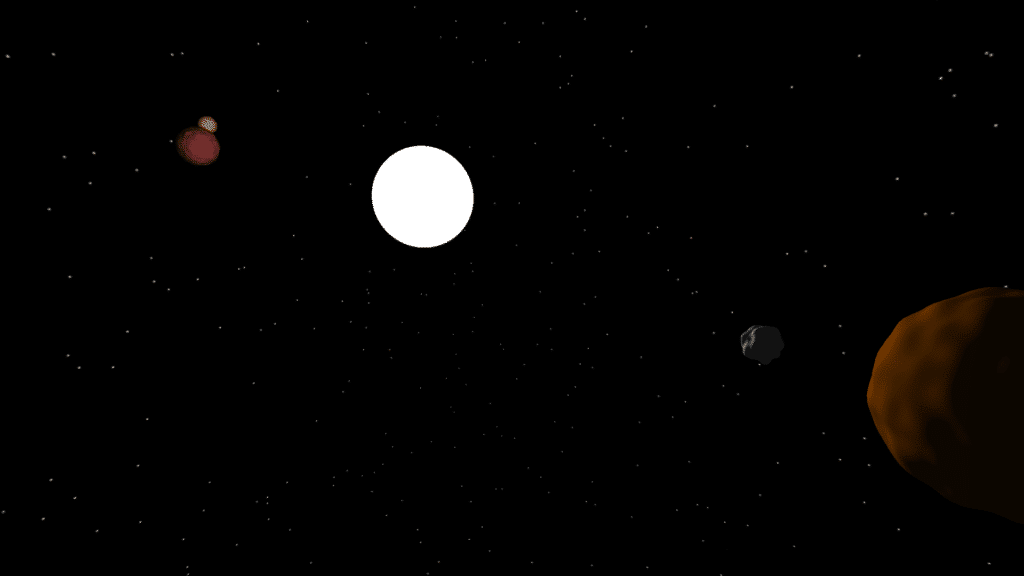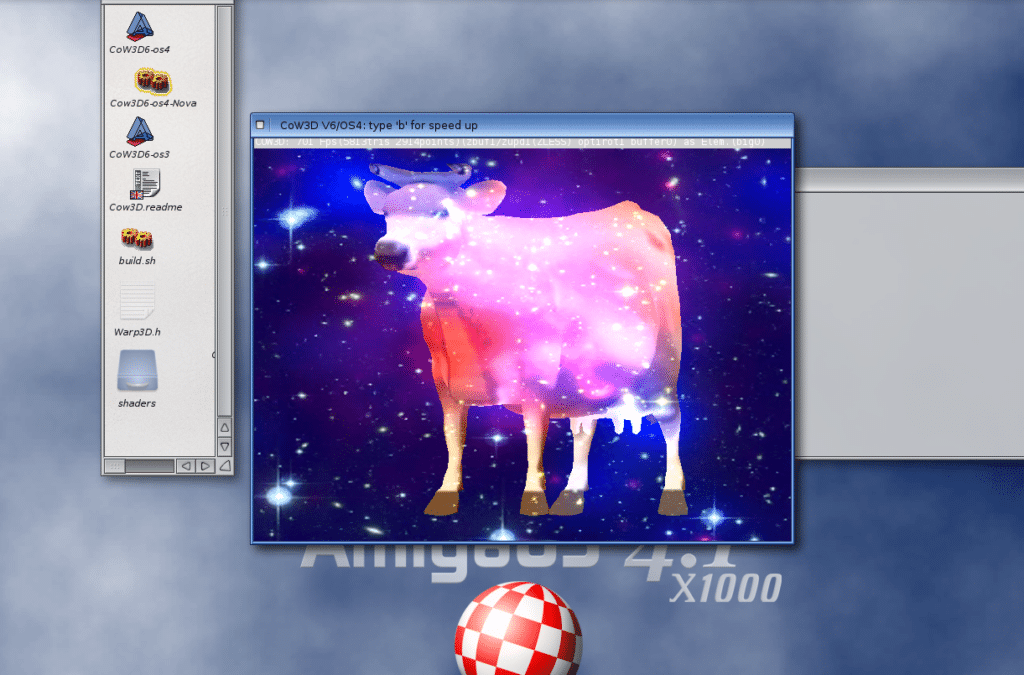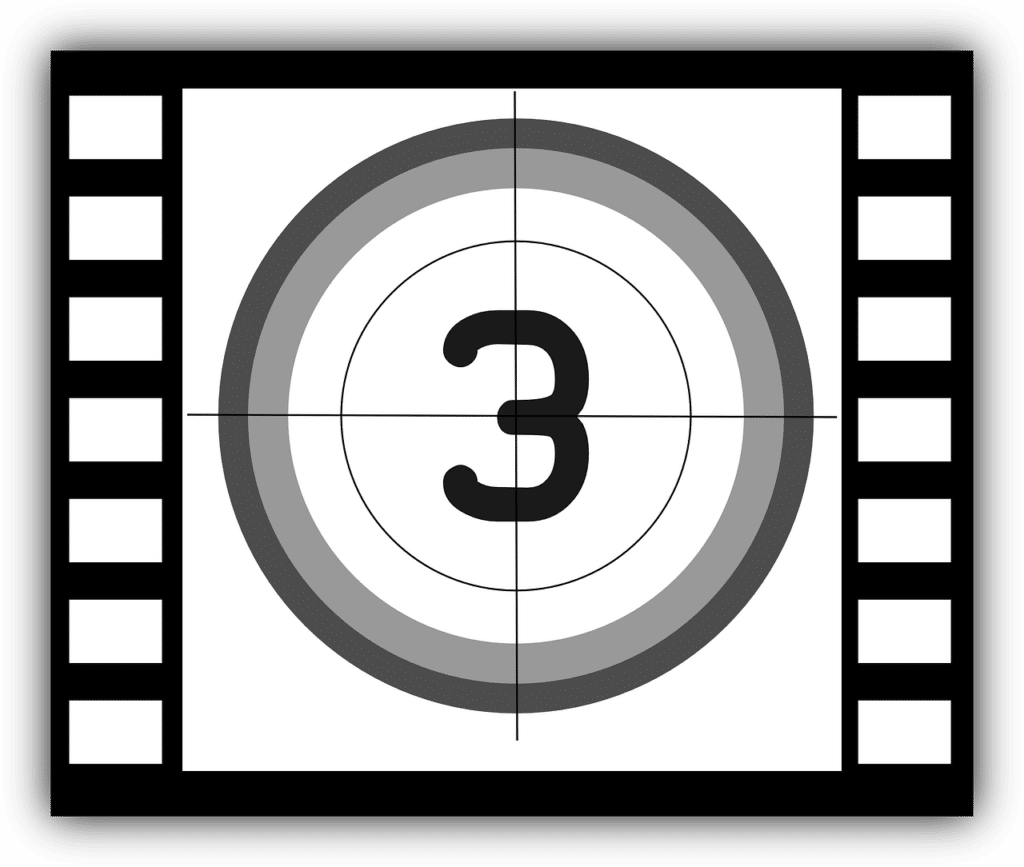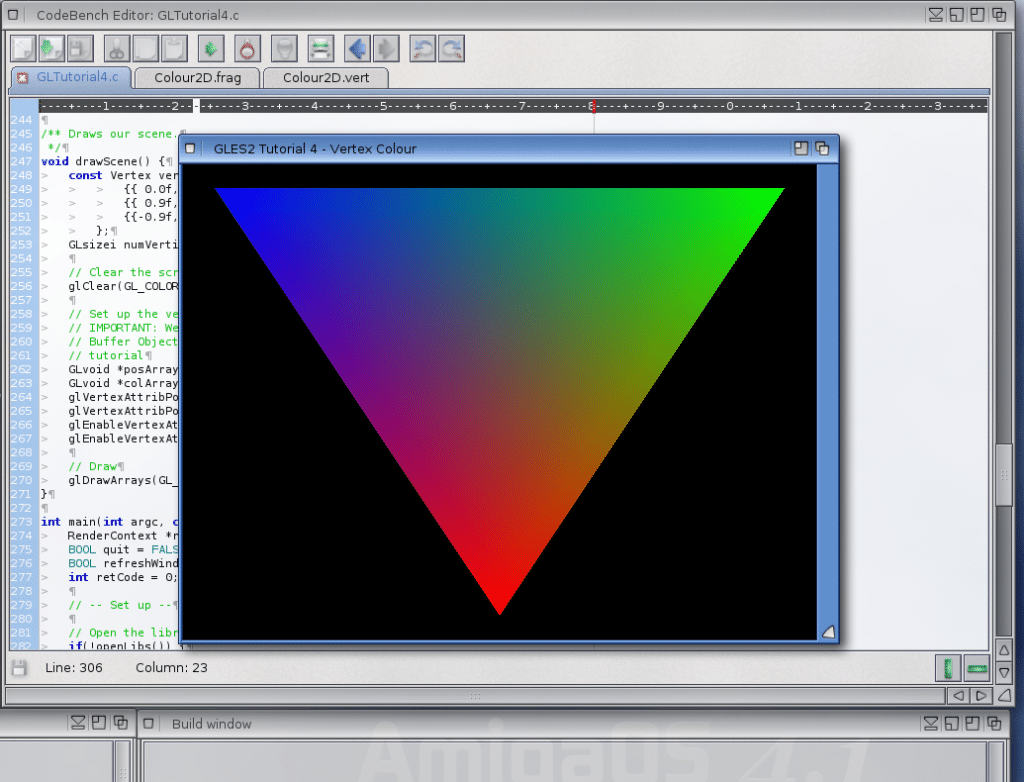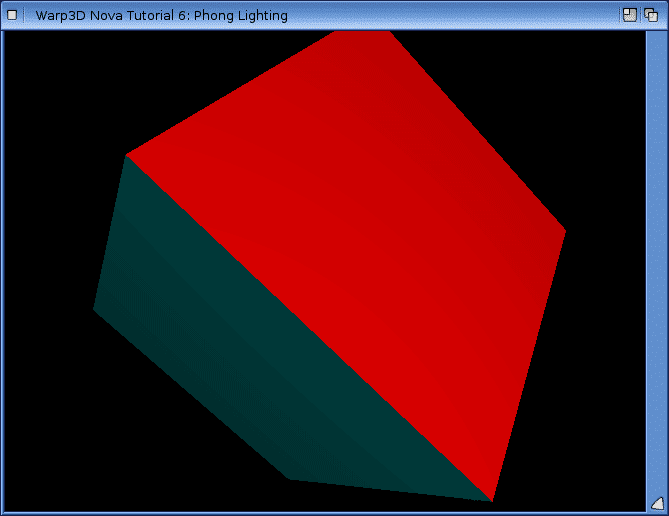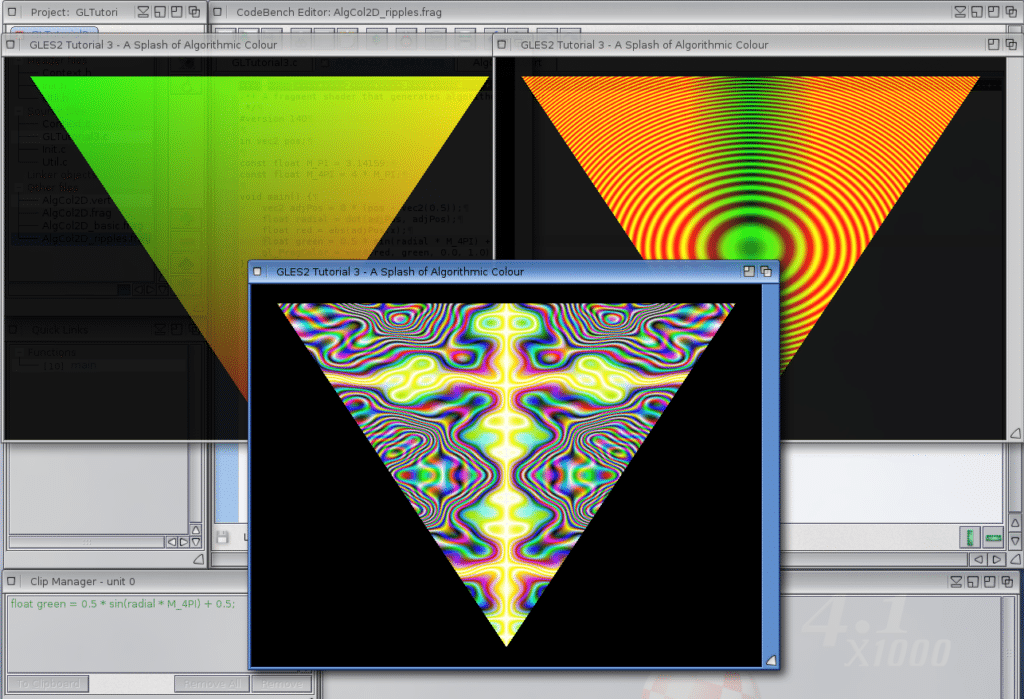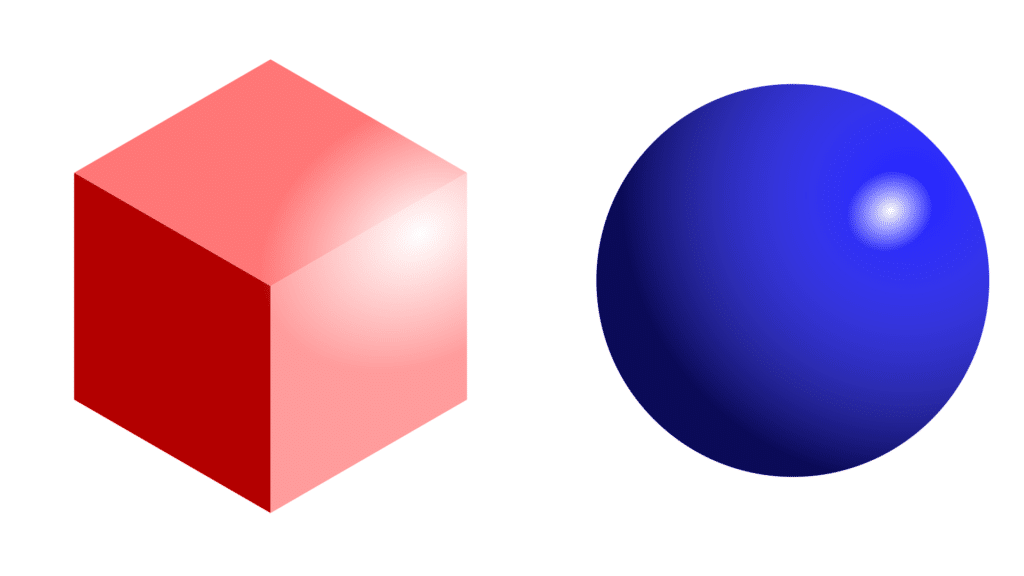The (MiniGL) Secret is Out
I recently discovered that Daniel Müßener has been secretly working away on a new project. Have a look here (link). If you’re an AmigaOS 4 fan, then yes, this is what you think it is; it’s a Warp3D Nova version of MiniGL.This is great news, especially for owners of old hardware. MiniGL’s biggest limitation has […]


